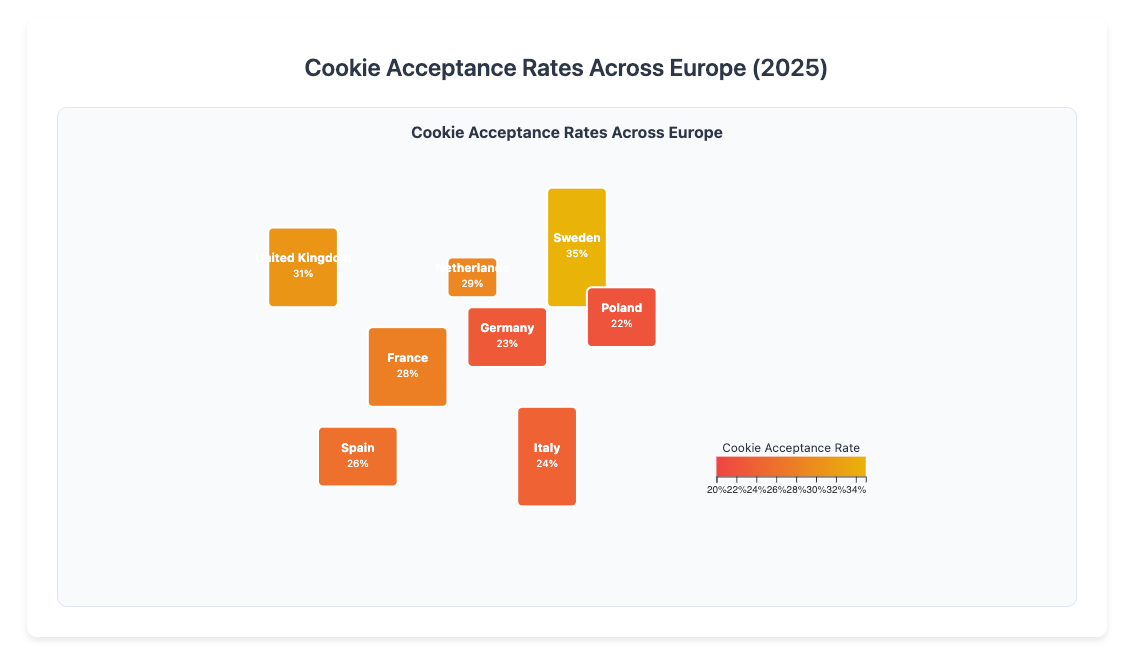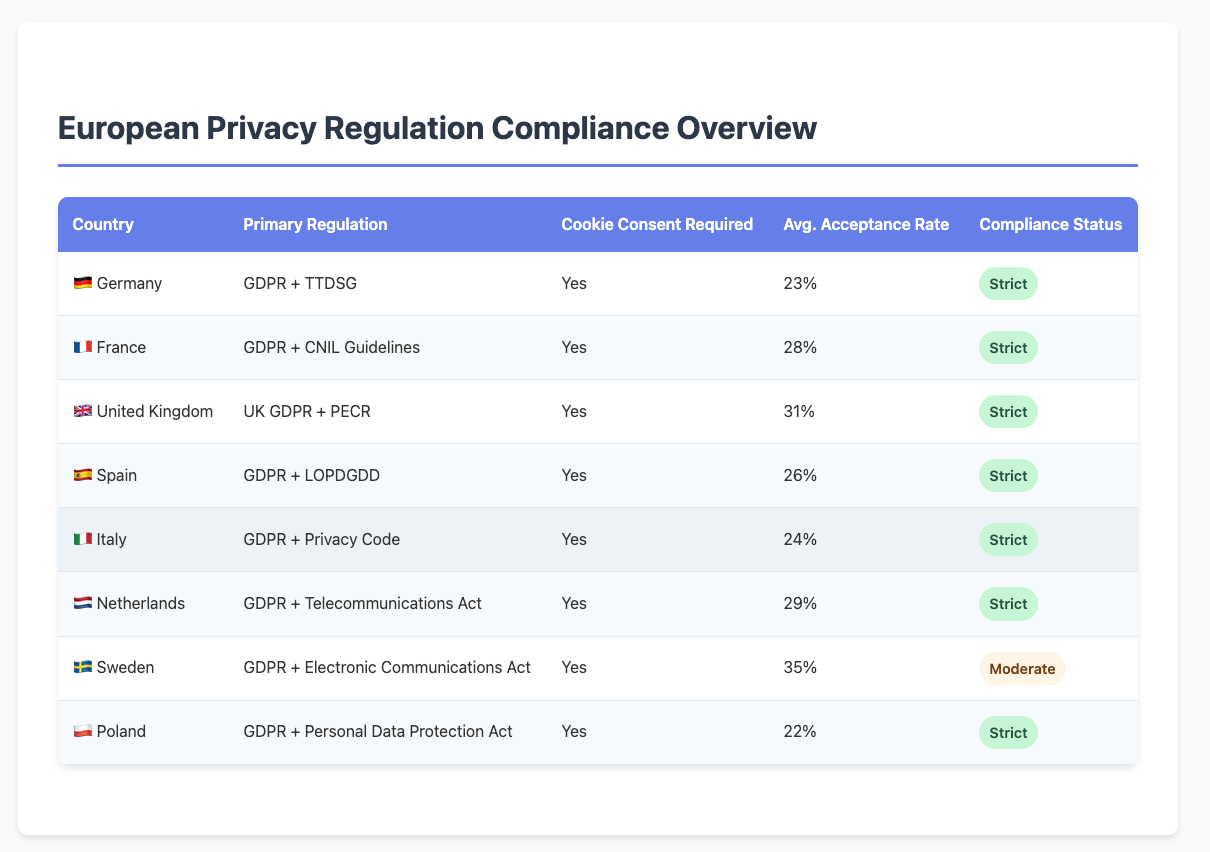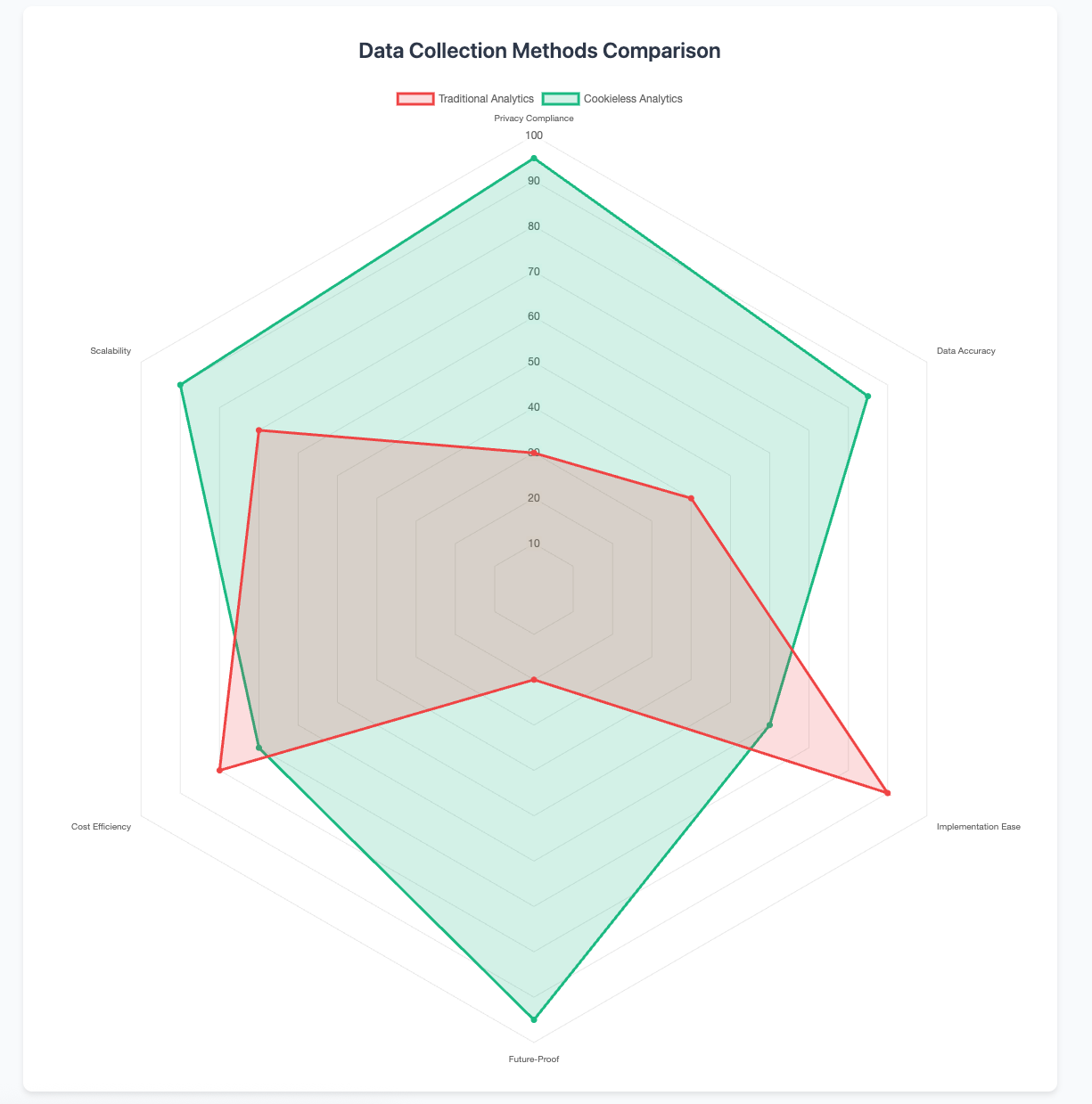The Complete Guide to Cookieless Analytics for Enterprise (2026)
The digital analytics world has undergone a seismic shift. With third-party cookies disappearing and privacy regulations tightening globally, enterprise companies face a critical decision: adapt to cookieless analytics or risk losing valuable customer insights while facing compliance issues.
This comprehensive guide will walk you through everything you need to know about implementing cookieless analytics in your enterprise organization, from understanding the technology to practical implementation strategies that protect user privacy while delivering actionable business intelligence.
What is Cookieless Analytics and Why Does it Matter for Enterprise?
Cookieless analytics represents a fundamental paradigm shift in how we collect, process, and analyze user behavior data. Unlike traditional analytics that rely heavily on third-party cookies for tracking users across websites, cookieless analytics leverages privacy-preserving technologies to gather insights without compromising individual user privacy.
For enterprise organizations, this shift isn't just about staying compliant with regulations like GDPR, CCPA, or the upcoming Privacy Sandbox initiatives. It's about building sustainable, future-proof analytics infrastructure that maintains data accuracy while respecting user privacy preferences.
The enterprise implications are significant. Traditional analytics methods are becoming increasingly unreliable as browser restrictions tighten and cookie acceptance rates decline. Safari's Intelligent Tracking Prevention (ITP) and Firefox's Enhanced Tracking Protection already block third-party cookies by default, while Chrome's planned deprecation will affect the remaining portion of web traffic.
The Privacy-First Analytics Revolution
Privacy-first analytics goes beyond simple cookie compliance. It represents a comprehensive approach to data collection that prioritizes user consent, data minimization, and transparent data practices from the ground up.
This approach offers several enterprise advantages. First, it future-proofs your analytics infrastructure against evolving privacy regulations and browser restrictions. Second, it builds customer trust through transparent data practices, which can positively impact brand reputation and customer loyalty. Third, it often results in cleaner, more reliable data as it focuses on first-party insights rather than potentially inaccurate third-party tracking.
Enterprise organizations that implement privacy-first analytics typically experience improved data quality, as they collect information directly from their own properties rather than relying on third-party data sources that may be incomplete or outdated.

Understanding Enterprise Analytics Compliance Requirements
Modern enterprise analytics must navigate a complex web of privacy regulations. GDPR requires explicit consent for personal data processing and grants users extensive rights over their data. CCPA provides California residents with rights to know, delete, and opt-out of the sale of their personal information. LGPD in Brazil, PIPEDA in Canada, and similar regulations worldwide create a global patchwork of compliance requirements.
The key to enterprise compliance lies in implementing analytics solutions that operate within these regulatory frameworks by design. This means adopting data processing practices that minimize personal data collection, provide clear consent mechanisms, and offer users meaningful control over their data.
Cookieless analytics solutions designed for enterprise use typically include built-in compliance features such as automatic data anonymization, consent management integration, and audit trails for regulatory reporting. These features help organizations demonstrate compliance during regulatory audits while maintaining the analytical insights necessary for business operations.

For enterprise organizations, this shift isn't just about staying compliant with regulations like GDPR, CCPA, or the upcoming Privacy Sandbox initiatives. It's about building sustainable, future-proof analytics infrastructure that maintains data accuracy while respecting user privacy preferences.

Technical Implementation Strategies for Enterprise Cookieless Analytics
Implementing cookieless analytics at enterprise scale requires careful technical planning. The foundation lies in leveraging first-party data collection methods that don't rely on cross-site tracking.
Server-side tracking represents one of the most robust approaches for enterprise implementations. By processing analytics data on your own servers rather than relying on client-side JavaScript that ad blockers or privacy tools can block, organizations maintain greater control over data collection and processing. This approach also improves data accuracy and reduces the impact of browser restrictions.
First-party data enrichment becomes crucial in a cookieless environment. This involves maximizing the value of data you collect directly from user interactions on your owned properties. Techniques include progressive profiling, behavioral analytics based on session data, and linking user actions across authenticated sessions without relying on third-party identifiers.
Privacy-preserving technologies like differential privacy and data aggregation help enterprise organizations extract meaningful insights while protecting individual user privacy. These mathematical approaches add controlled noise to datasets or aggregate data in ways that prevent individual user identification while maintaining statistical accuracy for business intelligence purposes.
Choosing the Right Cookieless Analytics Platform for Enterprise
Enterprise analytics platform selection requires evaluating several critical factors beyond basic functionality. Scalability stands paramount, as enterprise implementations often need to handle millions of pageviews and complex data processing requirements across multiple domains and regions.
Integration capabilities determine how well the analytics solution fits into your existing technology stack. Enterprise organizations typically require seamless integration with customer relationship management systems, marketing automation platforms, data warehouses, and business intelligence tools. Look for platforms offering robust APIs, pre-built integrations, and flexible data export options.
Compliance features should be built into the platform architecture rather than added as afterthoughts. This includes automatic data retention management, user consent tracking, data anonymization capabilities, and audit logging for regulatory reporting. The platform should support data processing agreements and provide documentation necessary for privacy impact assessments.

Data accuracy and reliability become even more important in cookieless environments. Evaluate platforms based on their ability to provide consistent, accurate insights without relying on third-party cookies. This often involves sophisticated data modeling and machine learning approaches to fill gaps left by traditional tracking methods.
Implementation Best Practices for Enterprise Organizations
Successful enterprise cookieless analytics implementation follows several proven best practices. You can start with a comprehensive audit of your current analytics setup to understand what data you're collecting, how it's being processed, and where potential privacy or compliance issues might exist.
Develop a data governance framework that clearly defines data collection policies, user consent procedures, and data retention schedules. This framework should align with your organization's privacy policies and regulatory requirements while supporting business analytics needs.
Consider a phased implementation approach that allows for testing and optimization before full deployment. Begin with non-critical properties or specific user segments to validate the new analytics approach before expanding to your entire digital presence.
Training and change management prove crucial for enterprise success. Analytics teams need to understand how cookieless analytics differs from traditional approaches, while marketing and business stakeholders need to understand how insights and reporting may change during the transition.
Measuring Success in a Cookieless Analytics Environment
Enterprise success metrics in cookieless analytics often differ from traditional cookie-based measurements. Focus shifts toward engagement quality over quantity, customer lifetime value over acquisition volume, and first-party relationship building over broad audience tracking.
User engagement metrics become more important as you lose some granular tracking capabilities. Deep engagement indicators like time on site, pages per session, and conversion funnel completion rates provide valuable insights into user behavior without requiring invasive tracking.
Customer retention and loyalty metrics gain prominence in cookieless analytics. Since you're focusing on first-party relationships and direct customer interactions, measuring how well you retain and grow existing customer relationships becomes a key performance indicator.

Revenue attribution modeling must adapt to cookieless environments through advanced statistical approaches. Marketing mix modeling, incrementality testing, and cohort-based analysis help enterprise organizations understand marketing effectiveness without relying on individual user tracking across touchpoints.
Advanced Analytics Techniques for Enterprise Cookieless Implementations
Machine learning and artificial intelligence play increasingly important roles in extracting insights from cookieless data. Predictive analytics models can identify patterns and trends in first-party data that help compensate for reduced cross-site tracking capabilities.
Cohort analysis becomes particularly valuable in cookieless environments as it allows organizations to understand user behavior patterns over time without tracking individual users across sessions. This approach helps identify successful customer acquisition strategies and optimize retention efforts.
Statistical modeling techniques like marketing mix modeling help enterprise organizations understand the effectiveness of various marketing channels and campaigns without relying on individual user journey tracking. These models use aggregate data to determine channel contribution and optimize budget allocation.
Future-Proofing Your Enterprise Analytics Strategy
The analytics landscape will continue evolving as privacy regulations expand and browser restrictions increase. Enterprise organizations need analytics strategies that can adapt to these changes without requiring complete platform overhauls.
Invest in a flexible analytics infrastructure that can incorporate new privacy-preserving technologies as they become available. This includes staying informed about developments in areas like Privacy Sandbox, client-side data processing, and advanced anonymization techniques.
Build internal capabilities in data science and privacy engineering to reduce dependence on external vendors and maintain greater control over your analytics implementation. This investment pays dividends as privacy requirements become more complex and demanding.
Conclusion: Embracing the Cookieless Future
The transition to cookieless analytics represents both a challenge and an opportunity for enterprise organizations. While the shift requires significant technical and organizational changes, it ultimately leads to more sustainable, privacy-respecting analytics practices that build customer trust and ensure long-term compliance.
Success in cookieless analytics comes from viewing privacy as a competitive advantage rather than a constraint. Organizations that embrace privacy-first analytics early gain experience and capabilities that will become increasingly valuable as the industry continues its evolution toward greater privacy protection.
The future belongs to enterprises that can extract meaningful insights while respecting user privacy. By implementing cookieless analytics solutions designed for enterprise scale, organizations position themselves to thrive in the privacy-first digital landscape while maintaining the analytical capabilities necessary for data-driven decision making.
Enterprise cookieless analytics isn't just about compliance – it's about building a more sustainable, trustworthy approach to understanding customer behavior that will serve your organization well into the future. The time to begin this transition is now, before regulatory and technical changes make the shift more challenging and expensive.
